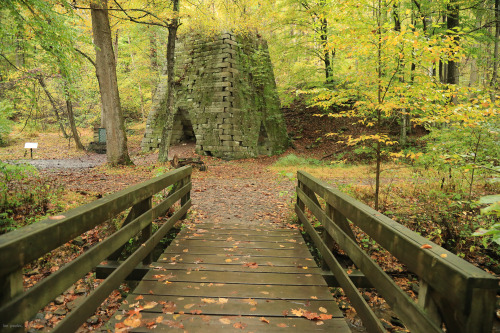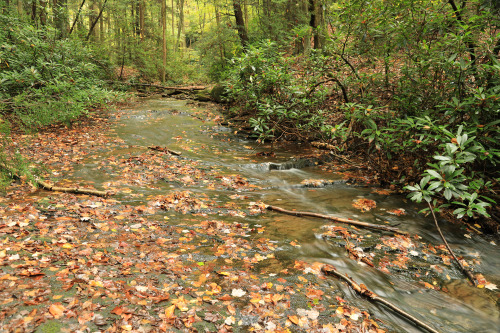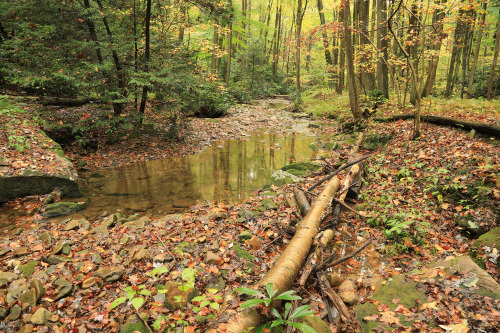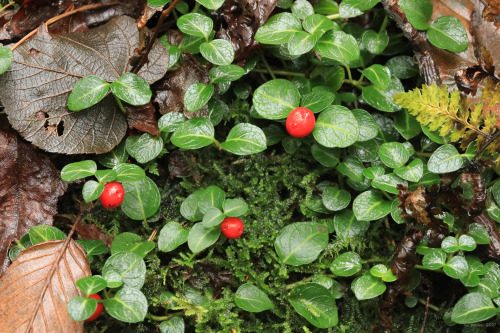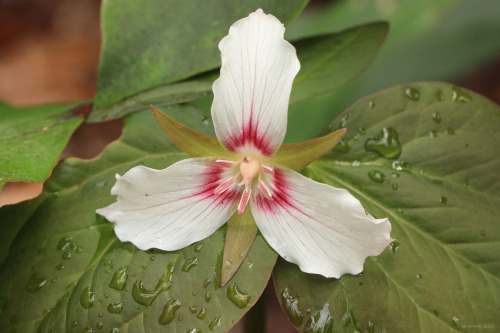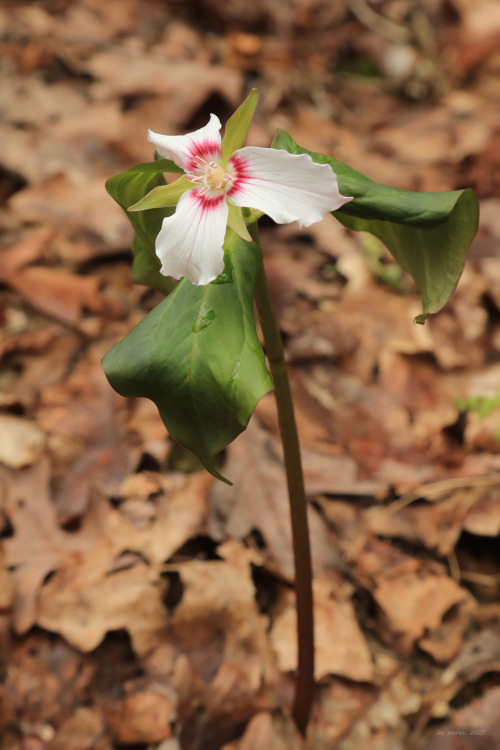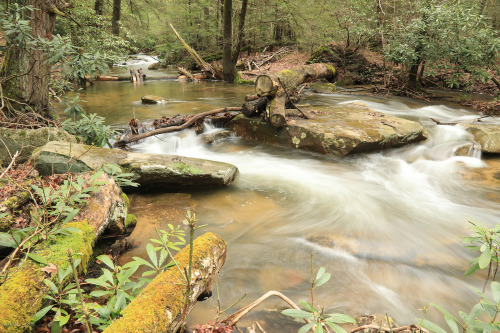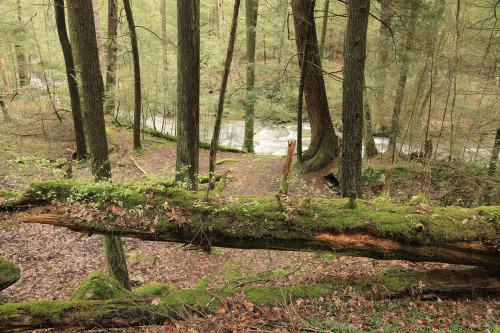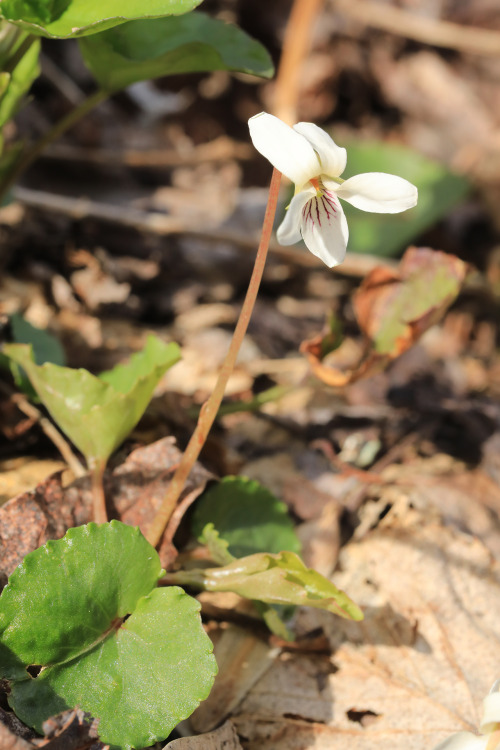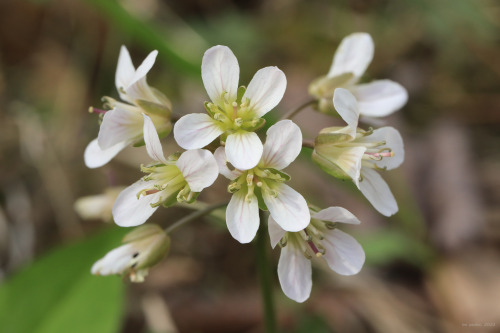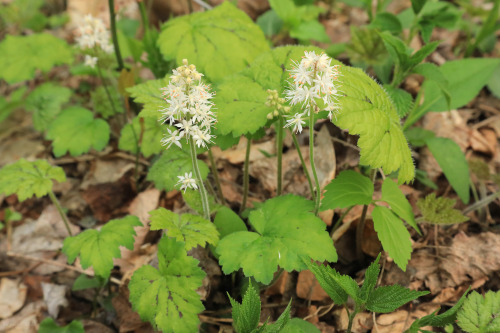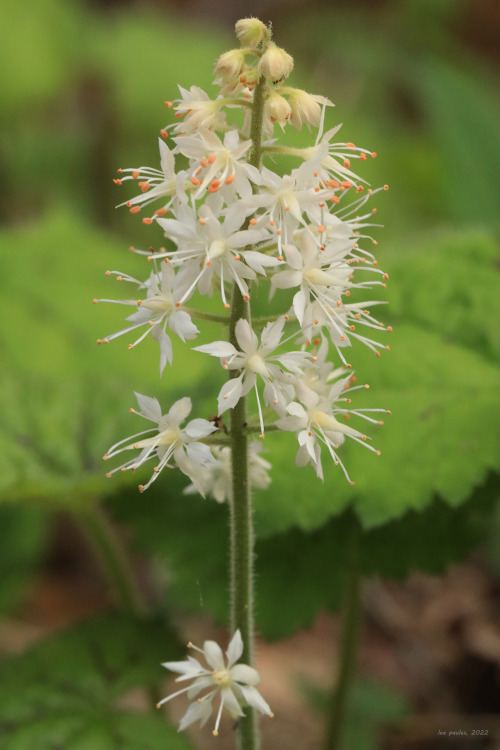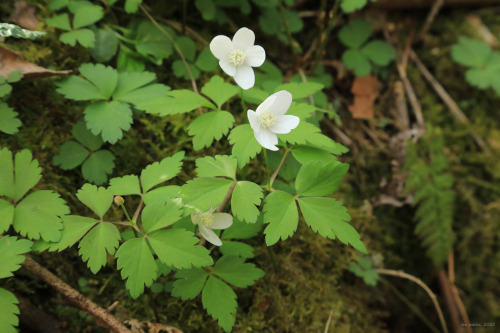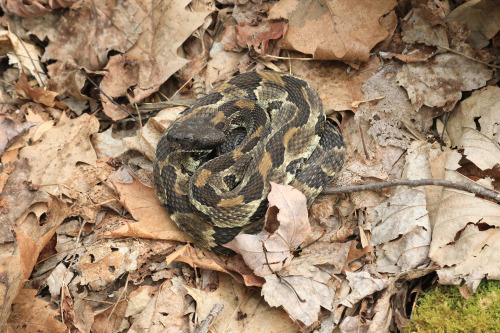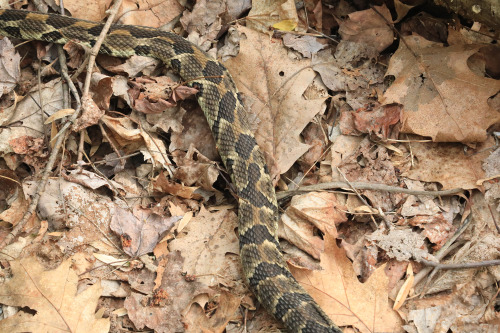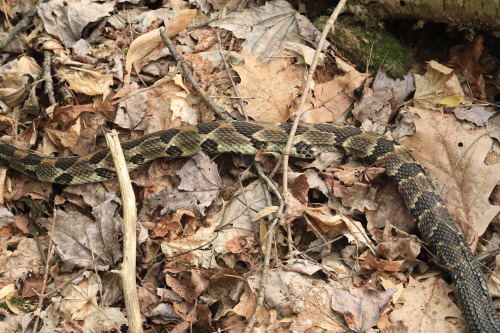#coopers rock state forest
Partridgeberry (Mitchella repens) is a trailing, evergreen vine with a fondness for moist, sandy slopes and stream banks of Appalachia’s rich, old woods. In late fall, this ambitious colonizer peppers the forest floor with incandescent red, berry-like drupes that literally appear to glow amid the drab leaf litter. Partridgeberry makes a gorgeous ground cover for shady spots in native wildflower gardens and is especially beautiful for winter gardens.
Post link
Eastern hemlock (Tsuga Canadensis) is sometimes referred to as the “redwood of the east”, and once-upon-a-time, this was absolutely the case; great expanses of virgin hemlock forest cooled headwater streams and created their own unique ecology. But these old growth forests are largely gone now, with only a few remnant stands scattered along the Appalachian spine. A spring hike through a pristine stand of these gentle giants is an experience to be treasured, providing a rare connection to a primeval world nearly lost to us.
From top: Painted trillium (Trillium undulatum), a lover of old hemlock and spruce forests and the most beautiful and delicate of all the trilliums to bloom in this area; marsh blue violet (Viola cucullata), a moisture-loving violet with club-like hairs at the throat of its flower; heartleaf foamflower (Tiarella cordifolia), which clumps gorgeously at the edges of seeps and brooks; halberd-leaved yellow violet (Viola hastata), an Appalachian endemic with sword-like leaves; and a red eft (Notophthalmus viridescens viridescens) on a perilous journey in search of a pond environment, where it will eventually transform into an adult newt.
Post link
The water was running high this morning on Little Laurel Run after several days of steady rain. This section of the stream runs through the virgin hemlock forest at Coopers Rock State Forest.
Early May in an Appalachian forest.
From top: sweet white violet (Viola blanda); long-spurred violet (Viola rostrata); broadleaf toothwort (Cardamine diphylla); wake robin (Trillium erectum), also known as red or purple trillium; heartleaf foamflower (Tiarella cordifolia); smooth Solomon’s seal (Polygonatum biflorum); and wood anemone (Anemone quinquefolia), also known as nightcaps.
Post link
Funny thing happened to me this afternoon at Coopers Rock State Forest while I was photographing a patch of purple trillium growing on top of a large boulder. I noticed a quick movement at the periphery of my vision. A timber rattlesnake (Crotalus horridus) was coiled up in the leaf litter next to my foot. I was quite surprised because these snakes almost never come out of their dens until late May when the weather is consistently warm. Fortunately, both snake and human kept their composures, and I was able to step out of harm’s way. After I snapped a couple photos, the rattlesnake got tired of me and slithered back into its den under the boulder.
Couple notes:
1. Once again, despite its fearsome reputation, this snake proved completely docile and non-aggressive in person.
2. It’s easy to understand how people inadvertently step on these snakes and get bitten; they often lie silently in the leaf litter and blend in so readily you don’t even notice them until you’re on top of them.
3. Timber rattlesnakes and copperheads are both protected by law in West Virginia’s state parks and forests. It’s illegal to kill these snakes or remove them from their natural habitats.
Post link

